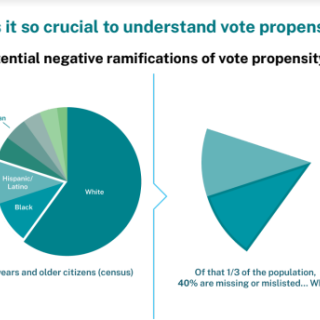Advertisement
Earlier this month it was still looking like Prohibition 1920s for CBD oil and industrial hemp in the Buckeye State, but the Ohio General Assembly on Thursday passed Senate Bill 57, allowing for the cultivation of hemp and the legal sale of CBD.
Every single state bordering Ohio, including staunch right-wing Indiana, was moving forward with cultivation of marijuana’s non-intoxicating cousin, industrial hemp, which can be used to make CBD oil, fuel, paper and textiles, among other things.
Nevertheless, Ohio House Speaker Larry Householder said on July 6th that Senate Bill 57 wouldn’t pass until this fall at the earliest.
However, small changes to the bill were made this week making state representatives have a change of heart before their summer break. Ohio farmers struggling with tariffs and bad weather could have been a factor.
Even though the Ohio Medical Marijuana Control Program made the sale of CBD illegal, many Ohio retailers were still doing so otherwise. Yet some Ohio police departments were enforcing the law, such as Grove City, which confiscated a local retailer’s inventory earlier this year. Under the new law all confiscated CBD products will be returned.
The problem was when the medical marijuana law took effect in 2016 the state had failed to differentiate between hemp and marijuana – thus letting everyone know the state government hadn’t grasped the very basics of medical marijuana.
The Free Press believes the delay of the Hemp Bill or Senate Bill 57 should mostly be put on career politicians.
What they undoubtedly can’t use is the excuse of not understanding the benefits of industrial hemp and CBD. All key Ohio policy makers over the previous 20 years have been saturated with education by For A Better Ohio and the Ohio Hempery, among others.
The delay was due to several working theories, all centered around pay-to-play greed.
For instance, speculation arose over whether Big Pharma was strong-arming state office holders into keeping Ohio CBD sales illegal. CBD is becoming the next big thing in holistic health, as its market could reach $2 billion by 2020, according to Hemp Business Journal, and Big Pharma doesn’t want mom-and-pop hippie stores to sell it over the counter.
Toss into this mix the new ultra-conservative greed machine of the Ohio Medical Marijuana Control Program and the Ohio Board of Pharmacy, which has tried to monopolize medical marijuana. Take what happened last summer when state pharmacy employees began showing up at head shops in Yellow Springs with cease-and-desist letters for CBD.
When Ohio Patient Network’s director Rob Ryan first heard about the cease-and-desist letters he asked the Yellow Springs headshops how they reacted.
“Most of them said, ‘Get the F--- outta here!” Ryan told the Free Press recently.
The good news out of all this, although Ohio is way behind, the state can realistically catch up because of its transportation and manufacturing infrastructures, and the strength of the state’s agricultural sector.
More good news is seed acquisitions and instruction services are readily available.
Be mindful that Ohio could have been producing hemp and its products years ago if those behind Issue 3 of 2015 (a boondoggle scam to monopolize marijuana production), had included industrial hemp in the Issue’s language. If so, they may have been able to pull it off.
Probably the most pressing question for now is, Are Ohio farmers ready and willing to grow industrial hemp?
Rural Ohio is conservative (shocker alert), but when it comes to making money, going hippie will make it easy for them to overcome their erotica for all things Trump.
According to The Ohio Department of Agriculture, hemp can produce $6,000 to $60,000 an acre while soybeans and corn produce $400 to $600 an acre.



